Copa Cogeca, the Brussels-based farmers representative organisation, held an event on land use, land use change and forestry (LULUCF) in the European Parliament this Wednesday. This obscure acronym covers the area of regulation that manages the respective contributions of various types of land-based activities in emitting and removing greenhouse gases.
Proposed legislation is currently before the European Parliament to set the rules on how the emissions from various types of land including agriculture and forestry will be accounted for to achieve 2030 climate change targets.
There were contributions from rapporteurs in the environment and agriculture committees of the European Parliament as well as on LULUCF work in the European Commission. Thomas Cooney, chair of the IFA environment committee was also a contributor to the event.
Listen to participants in our podcast below:
Listen to “Agriculture, forestry and climate change” on Spreaker.
Cooney first pointed out that farmers and forest owners are both land managers. However, he stated that the full life cycle of forestry needed to be considered when evaluating land use. Grassland has to be recognised for its role in carbon sequestration and this view is supported by the CAP recognising grass is good for soil.
Using the Irish example, Cooney said that policy could shape farmer behaviour through CAP programmes including climate elements. GLAS has clear and measurable agri-environmental measures that include 90,000ha of land with crop cover storing almost 50,000t of carbon dioxide annually. Minimum tillage is also used on around 30,000ha of land, sequestering over 10,000t of CO2, while 1.4m metres of new hedgerows has the potential to sequester almost 5,000t of the greenhouse gas each year.
The programme is oversubscribed, which shows that there is farmer buy-in, Cooney argued. Its impact has been a reduction of 14% of emissions per calorie of food between 2005 and 2013. This this expected to fall to 25% by 2030.
Cooney also explained the Teagasc climate marginal abatement cost curve (MACC). This model demonstrates that carbon reduction on farm is delivered by efficient farming, which in turn drives farm profitability. It is demonstrated through the IFA’s own online tool, smartfarming.ie. In 2016, more than 1,000 farmers participated, making this programme oversubscribed too.
While he sees a role for forestry and agriculture to collaborate in the drive to reduce greenhouse gas emissions, Cooney said that the main avenues to improve agriculture’s carbon efficiency should be through the expansion of existing agri-environmental schemes such as GLAS and continued efforts to demonstrate that farming in a more environmentally sustainable way is usually associated with increased profitability.





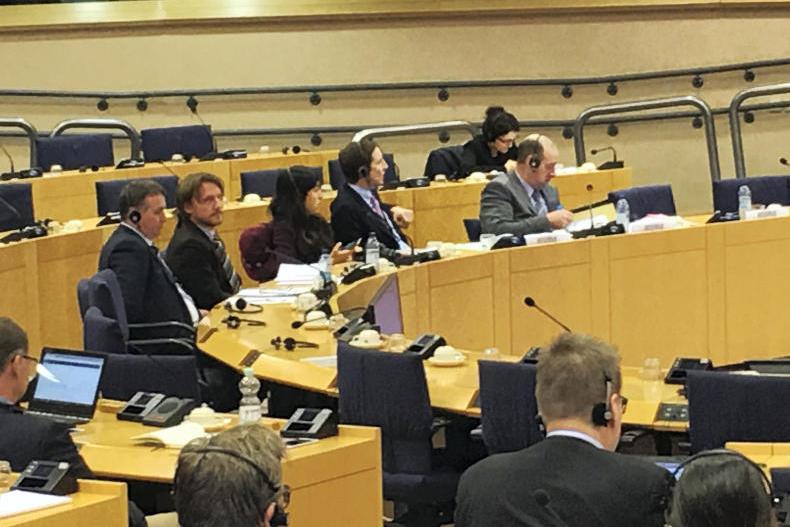
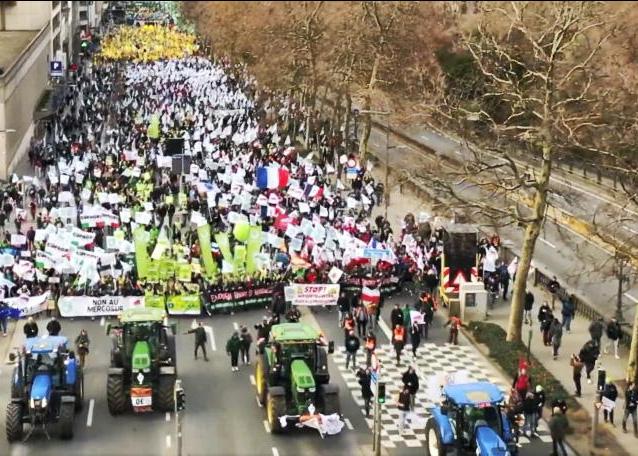
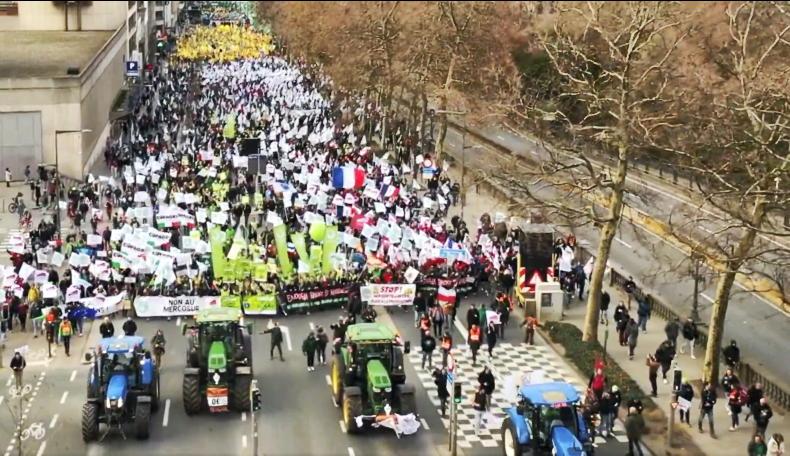
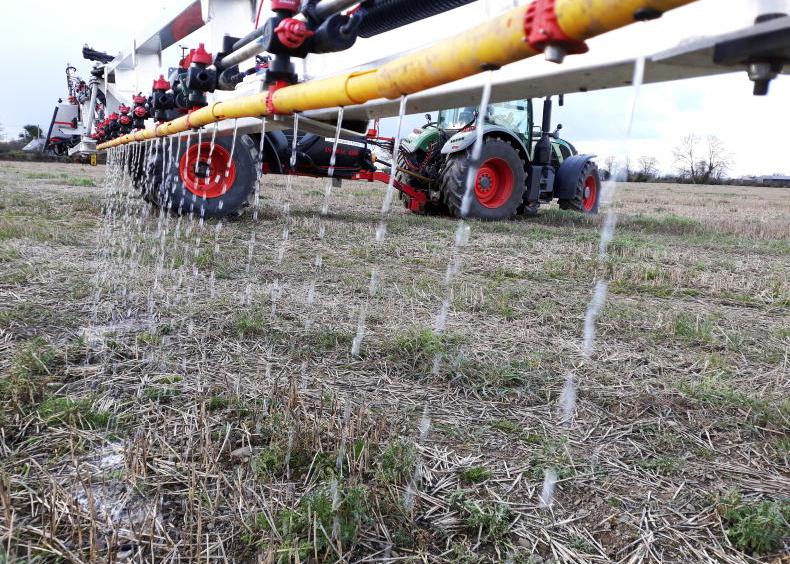
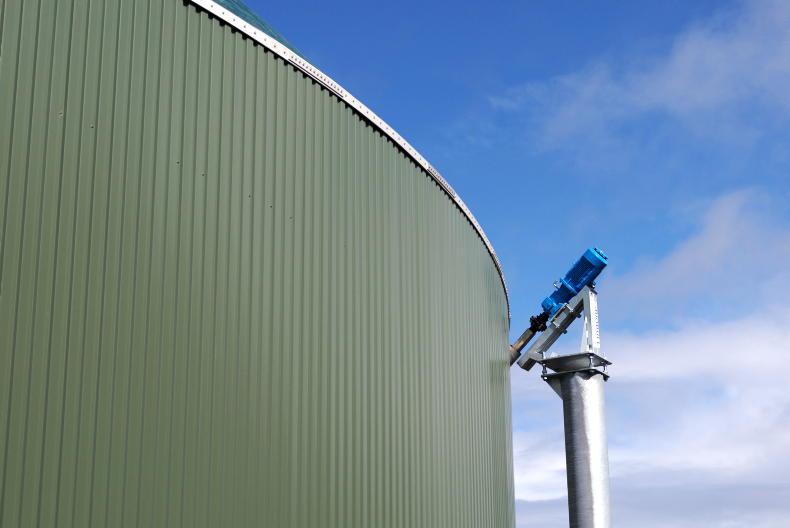
SHARING OPTIONS